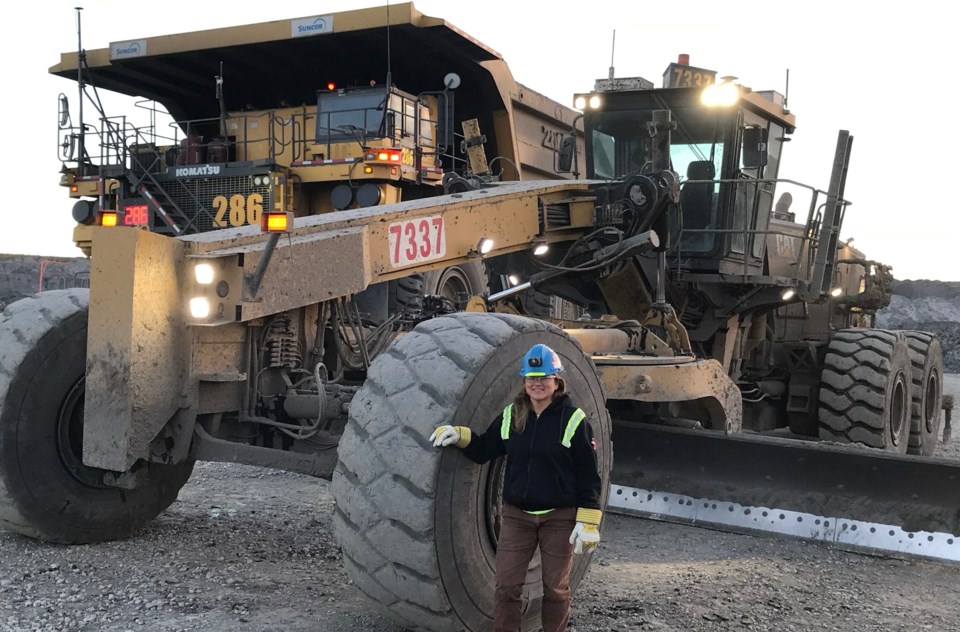The extractive resource and oil and gas sectors provide the highest paying average wages for Indigenous workers in Canada, said the Indigenous Resource Network.
In pulling data from the 2021 Census, the network said Indigenous people make almost three times more working in the oil and gas extraction sector than the average Indigenous worker ($140,400 vs $51,120 average employment income) and almost twice as much working in mining ($93,600). Forestry also paid higher than average ($56,100).
The top three highest paying sectors for Indigenous women are in oil and gas. Indigenous women earn $115,400 in his sector, versus only $43,600 on average in all industries.
Pipeline transportation jobs pay even more. Indigenous women earning $151,000 on average for crude oil and $113,000 for natural gas pipeline employment.
Indigenous people are represent 3.9 per cent of the overall Canadian workforce, including 6.9 per cent in oil and gas, 10.8 per cent in mining and 9.2 per cent in forestry. Only 5 per cent of the federal government’s workforce is Indigenous.
A federal government labour force survey revealed Indigenous workers in oil and gas extraction made 2.2 per cent more in average weekly wages than the average Canadian oil and gas worker in 2021. Across other Canadian industries, Indigenous workers made 7.6 per cent less than the average worker.
“Many Indigenous workers have become involved in the oil and gas, mining and forestry sectors to benefit from the good, high paying careers they can provide," said Indigenous Resource network Board Chair John Desjarlais in a statement.
"These numbers show that the resource sector is valuing the skills and experience that Indigenous workers bring to the table. We look forward to working with industry to continue closing the gap and creating even more opportunities for those Indigenous workers that want it."




